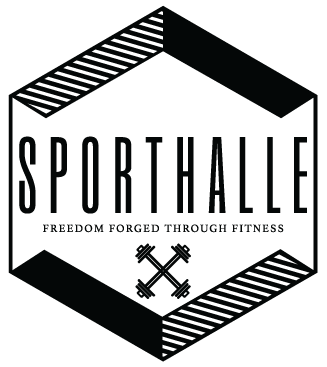Mastering the Art of Rest: A Guide to Strategically Deciding When to Take Rest Days
Rest days are an essential component of any fitness routine. While we may feel crushing guilt or pressure to constantly push ourselves to the very limits, proper rest and recovery are crucial for achieving peak performance and preventing burnout. Rest days are vitally important for recovery, allowing us to continue to push ourselves inside the gym. Choosing how and when to take rest days is crucial to our overall fitness and health.
It’s important to understand the significance of rest days in our pursuit of optimal health and well-being. Whether you’re an avid CrossFitter, runner or daily grinder, a dedicated weightlifter, or simply enjoy staying active, integrating rest days into your routine can make a world of difference in achieving your fitness goals.
The Importance of Rest Days
Rest days play a vital role in allowing our bodies to repair, recover, and adapt to the stress and strain we place on them during workouts. Without proper rest, our muscles, tendons, and ligaments can become fatigued, increasing the risk of injury and hindering our progress.
Rest days also help prevent mental burnout. Pushing ourselves too hard without necessary breaks can result in decreased motivation and enjoyment of workouts. By incorporating rest days, we create a balanced and sustainable approach to fitness that allows us to consistently stay engaged and motivated.
The Benefits of Recovery
Recovery is not just about resting and doing nothing. It involves intentional practices that promote healing and enhance our overall well-being. Here are some key benefits of incorporating recovery techniques into your routine:
- Improved Performance: Recovery allows our bodies to repair and rebuild, leading to improved strength, endurance, and performance.
- Reduced Risk of Injury: Giving our bodies time to recover helps prevent overuse injuries and allows for the resolution of any minor aches and pains.
- Mental Refreshment: Taking a break from intense workouts can help us reset mentally, reducing stress and improving our overall mood.
- Enhanced Sleep: Proper recovery practices, such as stretching and relaxation techniques, can improve sleep quality, leading to better overall recovery.
- Long-Term Sustainability: Incorporating regular recovery ensures that we can continue to stay active and enjoy the benefits of exercise for years to come.
Strategically Deciding When to Take Rest Days
Deciding when to take rest days can be a subjective and individualized process. It depends on several factors, including your fitness level, goals, and overall well-being. Here are some guidelines to help you strategically plan your rest days:
- Listen to Your Body: Pay attention to how your body feels. If you’re experiencing excessive fatigue, muscle soreness, or persistent pain, it may be a sign that you need a rest day.
- Plan Ahead: Incorporate rest days into your weekly workout schedule. Aim for at least one or two days of complete rest per week, depending on your activity level and intensity.
- Mindful Active Recovery: On rest days, consider engaging in low-impact activities such as yoga, stretching, or light walking. These activities promote blood flow, help alleviate muscle soreness, and aid in recovery.
- Individualize Your Routine: Everyone’s body is different, so what works for someone else may not work for you. Experiment with different frequencies and durations of rest days to find what best supports your performance and recovery.
- Seek Professional Guidance: If you’re unsure about how to structure your rest days or need guidance specific to your goals, consider consulting with a fitness professional or personal trainer. They can provide personalized recommendations based on your needs.
Remember, rest days are not a sign of weakness or laziness. They are an integral part of any successful fitness journey. Embrace the art of rest and recovery to optimize your performance, prevent injuries, and cultivate a sustainable fitness routine.
As we navigate our fitness journeys in New Braunfels , it’s important to understand the role of rest days in achieving our goals. By recognizing the importance of rest, embracing recovery techniques, and strategically planning our rest days, we can set ourselves up for long-term success.
The next time you feel guilty about taking a day off, remember that rest is an essential part of the process. Give your body the time it needs to recover, and you’ll be rewarded with improved performance, reduced risk of injury, and a renewed enthusiasm for your workouts.
What are your favorite way to recover on a rest day? Share your thoughts and experiences in the comments below!
The post Mastering the Art of Rest: A Guide to Strategically Deciding When to Take Rest Days appeared first on Sporthalle - New Braunfels.


